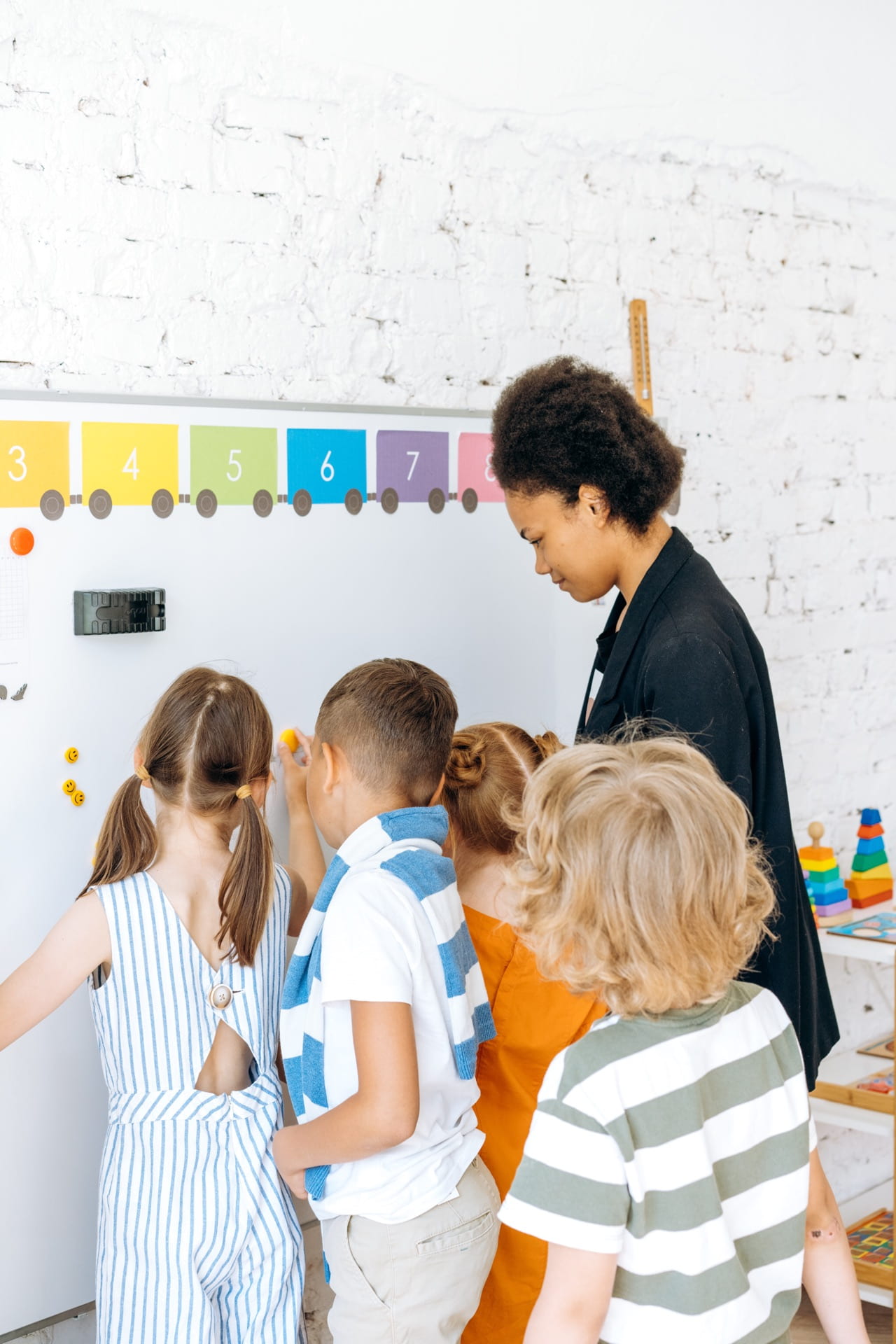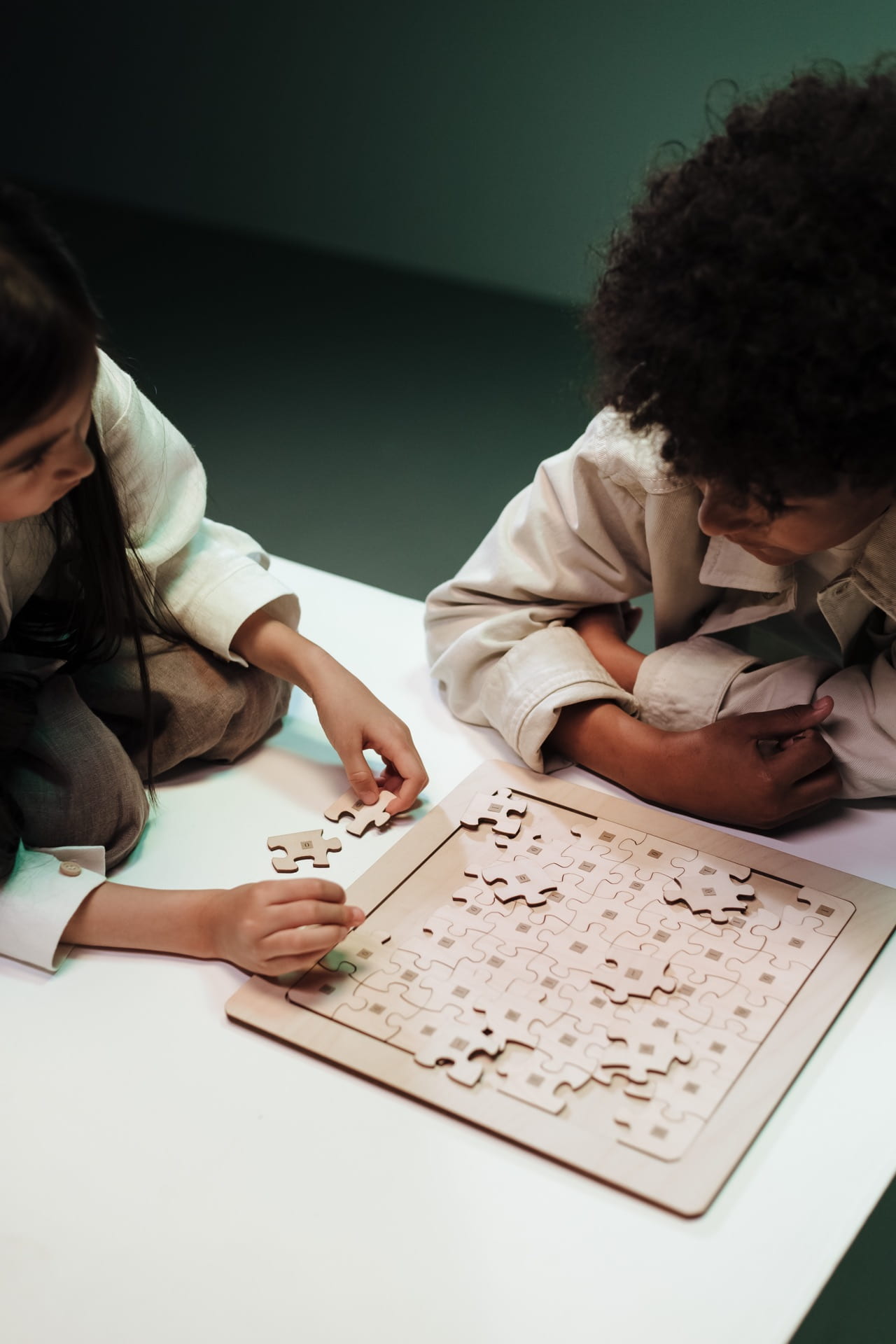 By David Evans (freelance writer covering topics on interactive games, activities, and entertainment)
By David Evans (freelance writer covering topics on interactive games, activities, and entertainment)
Since their introduction in the US in 2010, escape rooms have exploded in popularity. It’s no wonder people love them. They’re a great bonding experience for families and coworkers alike, and can turn your imagination to reality like no other. After all, where else can you crack secret codes from an ancient Mayan temple and battle vampires all in one day?
As it turns out, escape rooms aren’t just fun – they’re also a great tool for learning. Recent academic research has shown that escape rooms are a wonderful way to learn beyond a typical classroom setup. Designing learning to be like escape rooms—with puzzles and time limits, teamwork and surprises—is also a powerful way to “escape room” any classroom. From boosting imagination and creative thinking skills to improved teamwork and better understanding of high-level scientific concepts, escape rooms (and escape-room design of teaching) offer an opportunity to learn in a new, exciting way.
How Educators Are Using Escape Rooms
 From elementary to medical schools, teachers are beginning to incorporate escape room design into their learning strategies and classroom setups. In these classroom escape room scenarios, the escape room is set up much like a traditional recreational escape room; a time limit is set and a goal must be met. But the puzzles included in the escape room may not be what you’d typically expect from an escape room. For example, past educational escape rooms have asked students to solve an algebra problem to open a locked box or answer a trivia question to identify an infectious disease.
From elementary to medical schools, teachers are beginning to incorporate escape room design into their learning strategies and classroom setups. In these classroom escape room scenarios, the escape room is set up much like a traditional recreational escape room; a time limit is set and a goal must be met. But the puzzles included in the escape room may not be what you’d typically expect from an escape room. For example, past educational escape rooms have asked students to solve an algebra problem to open a locked box or answer a trivia question to identify an infectious disease.
Escape rooms have been designed to teach skills in a huge variety of subjects and levels of education. For example, in higher education, escape rooms have been created to teach multiple types of medicine, nursing, pharmacy, physiotherapy, chemistry, physics, computer science, mathematics, and English (Veldkamp et al., 2020). Each game’s plot and questions are unique to its subject. For example, one radiology-themed escape room tasks students with solving the case of the missing radiologist, “Dr. Pickalock,” who has disappeared, leaving only a string of radiology-based clues behind her.
According to Imaginative Education pedagogy, cognitive tools are employed to engage and grow imagination at all levels of education. Escape rooms—and designing learning to replicate escape rooms—employ a range of these tools including, for example, a change of context, games, drama and role play, mystery and puzzles and the always powerful story form. As a result, they engage and grow imagination in the process of learning. (Check out this list of tools you can try!)
Why Are Escape Rooms So Great for Learning?
Escape room designed learning provides several benefits that traditional lecture-style classroom learning does not.
First, escape room designed learning can be a great tool for boosting imagination and improving creative thinking skills because they require players to think outside the box in order to solve puzzles and clues. Imagination is an essential component of human cognition and plays a critical role in student development because it allows them to explore new possibilities, solve problems, understand their emotions, develop social skills, and achieve personal growth.
In an escape room designed learning, players will have to face challenges that require them to use their imagination to come up with creative solutions. For example, players may need to use a series of clues and puzzles to figure out how to unlock a door or find a hidden object. They may need to think creatively to figure out how different clues connect or to come up with a solution to a particularly tricky puzzle. Additionally, escape rooms offer a unique and engaging themes that can spark players’ imaginations and bring them to another world. For example, a pirate themed escape room might involve solving puzzles or reading coordinates to find a treasure map, while an escape room with a space theme might require players to repair a damaged spaceship in order to escape from dangerous planet. These student development opportunities and fun experiences are not only limited to off-campus escape room facilities; escape room design can always be applied into classrooms, museums, and libraries, which can be more convenient for educators and students.
 Second, escape rooms provide an opportunity for active learning, a type of learning that engages students in discussion and problem solving, rather than just listening. Active learning activities like escape rooms have been proven to help students learn (and retain) information more effectively. According to a 2014 study, active learning helps students improve their academic performance, while students without active learning in their courses were 1.5 times more likely to fail. Escape rooms are extremely participatory – without active involvement from students, the puzzle will not be solved. Because of the fun nature of escape-room based learning, students are also more likely to participate. This is particularly helpful when it comes to teaching younger students who may be either unwilling or unable to participate in learning activities.
Second, escape rooms provide an opportunity for active learning, a type of learning that engages students in discussion and problem solving, rather than just listening. Active learning activities like escape rooms have been proven to help students learn (and retain) information more effectively. According to a 2014 study, active learning helps students improve their academic performance, while students without active learning in their courses were 1.5 times more likely to fail. Escape rooms are extremely participatory – without active involvement from students, the puzzle will not be solved. Because of the fun nature of escape-room based learning, students are also more likely to participate. This is particularly helpful when it comes to teaching younger students who may be either unwilling or unable to participate in learning activities.
Third, escape rooms are fun! This means that students may be more likely to enjoy learning. For example, in a 2021 study in which university students participated in an educational escape room found that 90% of the participants preferred learning through an escape room compared to lectures, readings, or other forms of learning formats. The fun-factor of escape rooms means that escape rooms provide teachers with opportunities to introduce less popular – or less exciting – subject material in new, stimulating ways. For example, the American College of Radiology created their “Dr. Pickalock” escape room in order to entice more medical students to specialize in the field of radiology, a field that is often given less attention throughout med school. Escape rooms provide a fun way to get exposure to new disciplines and subject matter.
Escape rooms also teach skills beyond hard facts. For example, 60out, an escape room in Los Angeles, explains, escape rooms are one of the best ways to learn to work in a team. No matter the theme or school subject, escape rooms force you to rely on others, whether that’s trusting someone else’s answer to the code is correct or physically pushing buttons on opposite sides of the room at the same time. In one recent study, emergency medicine providers participated in an escape room. Researchers found that, after playing, the participants reported feeling more motivated to learn about teamwork and how to overcome barriers to teamwork like conflicting personality types.
Finally, online and virtual reality (VR) escape rooms are becoming ever more popular, particularly after the COVID-19 pandemic shut down much in-person learning. Online and VR escape rooms provide a unique opportunity to perform unimaginable tasks that aren’t possible in real life, or have large real-life consequences. For example, a virtual reality educational escape room may require students to perform a mock surgery or dissection in order to advance the puzzle, a feat that would not be possible to perform consequence-free in the real world. Providing a virtual experience to what students might face in the real world could be a great imaginative practicum tool. As virtual escape room technology continues to improve, we can expect to see more learning happening in increasingly complex and interactive virtual worlds that we could ever imagine.
About The Author
David Evans is a freelance writer covering topics on interactive games, activities, and entertainment. He writes to share knowledge with companies, educators, and individuals about how games, activities, and entertainment can help with self improvement, learning, and leadership.
References
Freeman et al., (2014). Active learning increases student performance in science, engineering, and mathematics. https://www.pnas.org/doi/10.1073/pnas.1319030111
Leigh & Campbell, (2021). Effectiveness of an escape room for undergraduate interprofessional learning: a mixed methods single group pre-post evaluation. BMC Medical Education. https://bmcmededuc.biomedcentral.com/articles/10.1186/s12909-021-02666-z
Veldkamp et al., (2020). Escape education: A systematic review on escape rooms in education. Educational Research Review. https://www.researchgate.net/publication/339857739_Escape_Education_A_Systematic_Review_on_Escape_Rooms_in_Education
Veldkamp et al., (2021). Beyond the Early Adopters: Escape Rooms in Science Education. https://www.frontiersin.org/articles/10.3389/feduc.2021.622860/full
Zhang et al., (2018). Trapped as a Group, Escape as a Team: Applying Gamification to Incorporate Team-building Skills Through an ‘Escape Room’ Experience. https://www.ncbi.nlm.nih.gov/pmc/articles/PMC5931417/

